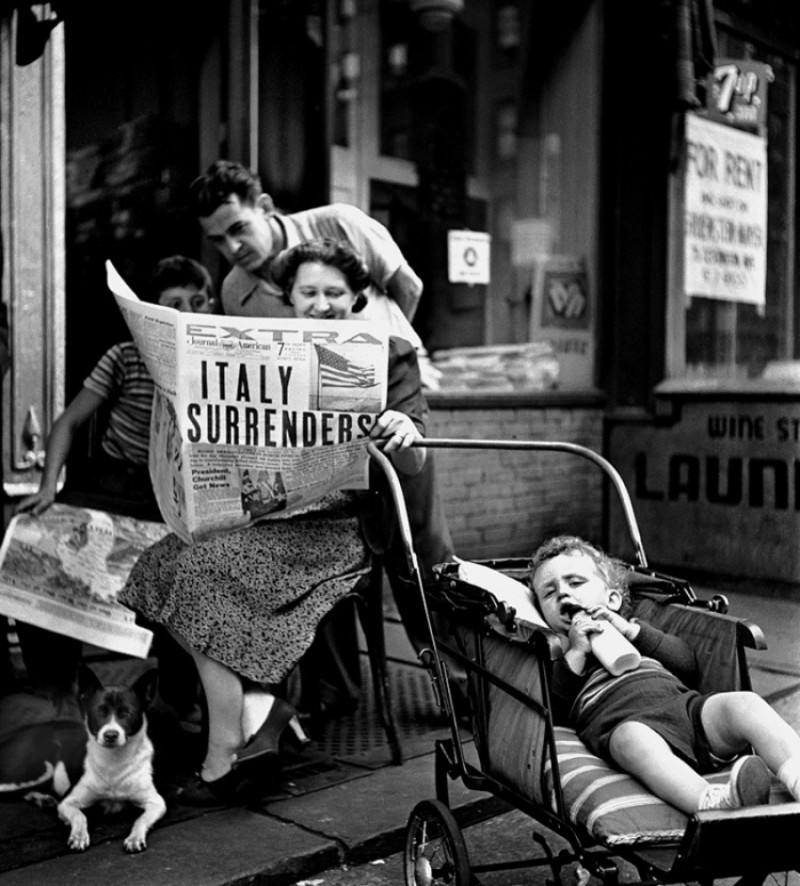
The Arrival of Hannah Arendt
This film describes the arrival of Hannah Arendt - a Jewish, German-American political theorist and publicist - in New York and her reflections on flight and helping people start over.

January 5, 1940
A Comfort
For the last few days my aunt and uncle have been talking to one another in Englisch and often using the word shee. I already know that they’re talking about me: Shee. Shee. It seems that they’ve desided to dismiss the colored girl who comes every day to do housework. Today my aunt gave me some washing to-do- dresses, slips, and socks that belong to her, Selma, and me. She helped me, but I felt as if I were becoming a maid in the house. The work wasn’t hard, but my heart felt as heavy as stone. My aunt said that the girl was ill and it was impossible to know when she would be able to return to work. I would rather have washed the cobblestone streets back home than be here washing Selma’s dresses. And often I think about the fact that I have no idea what’s going on at home now. Maybe being here washing dresses using something called Lux is really a paradise because my home in Lublin is now a hellish place. My one comfort is that I’m going to skool. The teacher there often comes over to my desk to look at my writting. I think she must be a Jew, but I can’t ask her that. Other than a few words that we learned in skool, I still can’t speak English. It’s such a hard language to learn. Who knows if I’ll ever be able to speak it?
January 28, 1940
A World That Disappeared
Selma cries and Marvin dances. I feel so out of place in this house. It’s a good thing that I leave every evening to spend two hours in school. The teacher noticed that I was worried about something, and I guess she wanted to comfort me. „Yur yung“, she said. It’s true that I’m young, but I’ve lived through a lot. The teacher knows nothing of Lublin, mother, father, brothers, Layzer and our walks in the woods, Uncle Zaydl with his horse and carriage or his sleigh. Now there is nothing. I was cut off from my world, and that world disappeared. What good does it do me to be young?
The author of the novel “A Jewish Refugee in New York” Kadya Molodovsky is one of the most important Yiddish poets of the mid-20th century. She was born in 1894 in Bereza Kartuska, Russian Empire and experienced the typical trajectory of Jewish migration of the 20th century: Odessa, Kyiv, Warsaw, New York, Tel Aviv. In the course of life she worked as a teacher, editor, poet, critic, playwright and writer. When World War I broke out, she worked in a day home for Jewish children who had fled, run by her teacher in Warsaw. She continued this work in various places until 1917. Later she moved to Odessa to escape the war front and worked in a kindergarten there. In 1917, after the October Revolution, she could not return to her parents, and so remained in Kyiv, where she again took a job as a kindergarten teacher. Surviving the pogrom in Kyiv in 1920, she published her first poem.
In 1935 she moved to New York, where she published her book “In Land fun Mayn Gebayn” (“In the Land of My Bones”). In it, she addresses the internalization of exile in fragmentary poems. From this point on, her work in New York flourished.
In her work “A Jewish Refugee in New York,” Kadya Molodowsky presents the life of Rivke Zilberg, a twenty-year-old refugee from Lublin in New York, in the form of a diary. Rivke Zilberg’s experiences have a certain similarity with Molodovsky’s fate. The diary covers such topics as: Flight, Holocaust, acculturation and more.
Kadya Molodovsky (translated by Anita Norich), 2019: A Jewish Refugee in New York. A Novel by Kadya Molodovsky. Bloomington: Indiana University Press, pp. 4-5, 8-9.